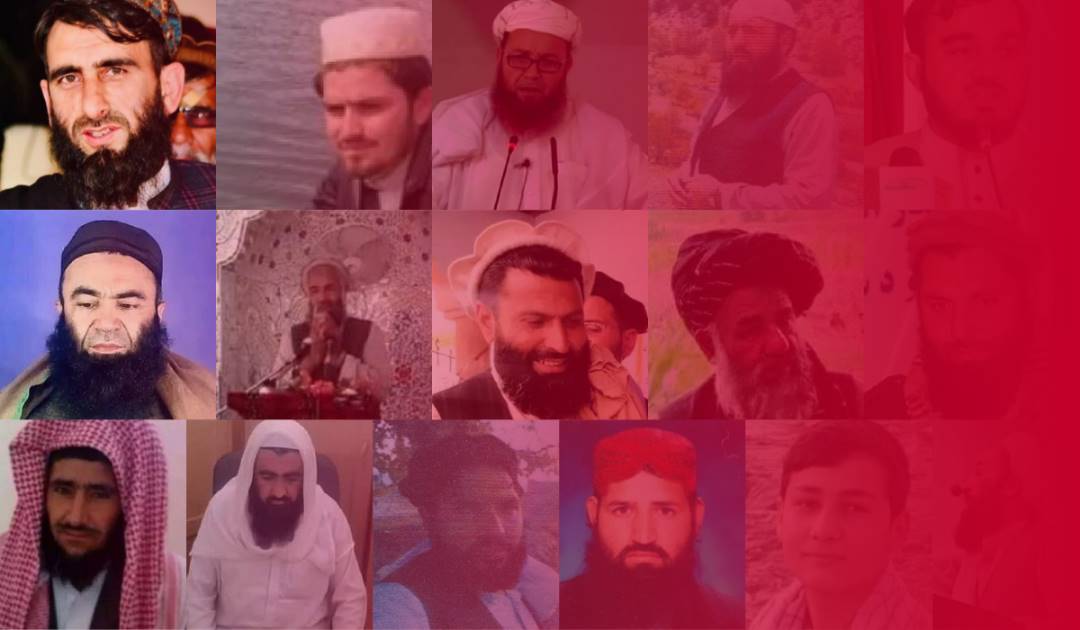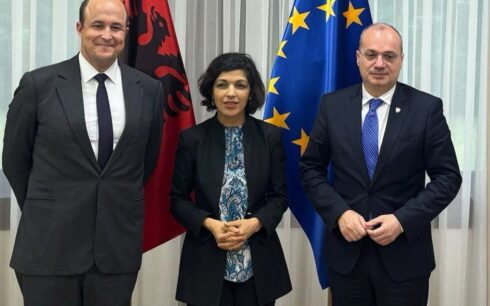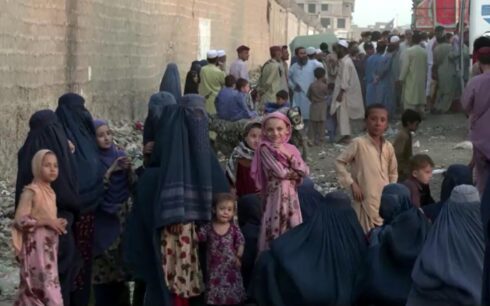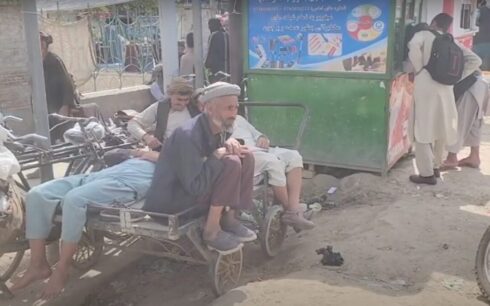At least 100 Salafi clerics have been killed and over 40 of their religious schools have been closed in Afghanistan following Taliban takeover last August, according to a Europe-based Salafism center.
A member of the center, Mawlawi Najibullah Habibi, blamed the Taliban for the killings, saying Taliban imprisoned more than 5,000 Salafi preachers and students in Afghanistan over the past year in at least 15 provinces.
UN in a report in July said that at least 50 Salafi clerics were killed in 10 months of Taliban rule in Afghanistan. But Habibi said the figures provided by UN are incomplete and that the actual figure is more than it has been reported.
“The number of the deaths of (Salafi clerics) is over a hundred. Some have been killed in prison while others in other places. Figures show that at least 5,000 people have been imprisoned by the Taliban for being a Salafi,” he said.
“Some have been killed in prison while others in other places… At least 5,000 people have been imprisoned by the Taliban for being a Salafi,” a Salafi cleric says.
On the first day of its rule in Kabul, Taliban arrested Shaikh Obaidullah Mutawakil, a famous Salafi cleric in the country, but he was killed few days later in prison. Habibi said that Taliban spokesman Zabihullah Mujahid in a phone call with a number of Salafi elders promised to release Mutawakil from prison but they found his body some days later.
Quoting Shah Rasul, Obaidullah Mutawakil’s brother, Afghan media reported that Mutawakil was kept in prison for 10 days and after that his family found his beheaded body, with acid thrown over him, in Arghandi area in Paghman district of Kabul.
Salafism has found more followers in Nuristan, Nangarhar and Badakhshan provinces in recent years, according to media reports.
An analyst said on condition of anonymity that with the emergence of Daesh in Afghanistan few years back, one of the biggest preachers of Slalafis joined Daesh as their major preacher in Afghanistan. But after the Taliban US-Taliban deal in Doha in 2020, Salafis met the Taliban and pledged their allegiance to the emir of the group.
During the republic government, Obaidullah Mutawakil and Abdul Zahir Daee and other Salafi clerics were imprisoned for short whiles on charges of links with Daesh.
Taliban spokesmen and officials did not comment on Amu TV’s questions on the matter, but a footage from Mawlawi Nida Mohammad Nadim, Taliban governor for Kabul, shows he expresses his hatred towards Salafis.
In the video, he calls Salafis the “dogs” who Daesh, “which is fighting us for the past years.”
“Their (Salafis’) argument is that we (the Taliban) meet with foreigners, and why we agreed on peace with infidels. Is meeting the infidels a sin?” the Taliban governor asks in the video.
But according to Habibi, “it is right that many Daesh members are Salafis, but all Salafis are not Daesh members”.
“This propaganda is to damage Salafis,” he added.
“Their (Salafis’) argument is that we (the Taliban) meet with foreigners, and why we agreed on peace with infidels. Is meeting the infidels a sin?” – Taliban governor for Kabul.
Taliban worried about Salafis alliance with Daesh
Religious affairs analysts said the issue between the Taliban and Salafis is that most of the Taliban are Hanafis, a religious school of Sunnis. Salafis are not against any of four religious schools of Sunnis but they are not following any of them, analysts explained.
The Taliban is the follower of Diobandi School which is somehow part of the Salafis because they have many things in common, said Mohammad Mohiq, a researcher.
According to him, the philosophy of Salafism’s existence is opposition to armed movements. Salafism, he said, is divided into two branches: the moderates, who oppose military movements and believe in passing on their messages through invitation, and, those the one that either does not seek its goals through preaching or has political motives and usually follows its elders or leaders.
Mohiq explained that Jihadi Salafism in fact is a movement that has no difference with other branches of Salafism in theology, but they differ from each other in political issues.
“Daesh and al-Qaeda have been born by Jihadist Salafism,” an analyst says.
This branch of Salafism believes in adoption of political systems based on its own interests and to ensure these systems, jihad and armed combat can be used to achieve the favourite system or government.
“Daesh and al-Qaeda have been born by Jihadist Salafism. Taliban is worried that Salafis have the potential to grow their interest in Jihadi Salafism and distance themselves from them and al-Qaeda and join Daesh. It means the Taliban themselves are fake Salafis and they are afraid of the emergence of the real version of Salafism in the market. They are afraid that if this happens, the fake version will be removed,” he explained.
Who are Salafis?
Salafis are a reformed branch within Sunni Islam that originated during the 19th century. The name refers to advocacy of a return to the traditions of the “pious predecessors” (Salaf), the first three generations of Muslims, who are believed to exemplify the pure form of Islam.
Most Salafis are living in Qatar, Saudi Arabia and United Arab Emirates. Salafis in Afghanistan are mostly active in Kunar, Nuristan, Nangarhar and Badakhshan.
Salafism’s opposition with Shiites and Sufis
Shiites’ belief in imams, the existence of the principle of ijtihad, return to Ahl al-Bayt and pilgrimages, are the biggest issues Salafis have with Shiites and Sufis.
An analyst, Mehran Mowahid, said Salafis’ opposition with Shiites has a root in the declaration of being apostate but the biggest difference between the two is political.
“The issue of Fatimiyun in Afghanistan is another matter to provoke Salafis. The fight of Salafis is not only with Shiites but with Sufis as well,” Moahid said.





